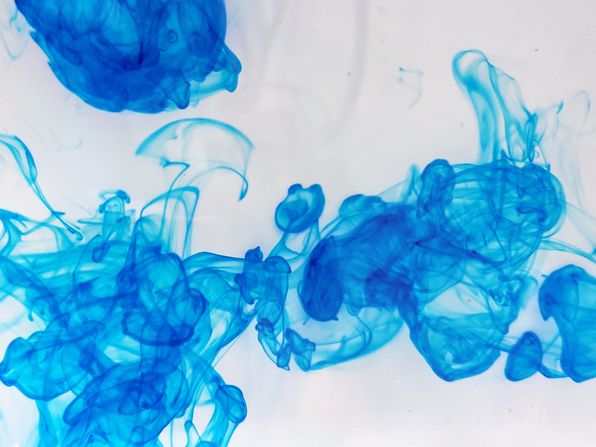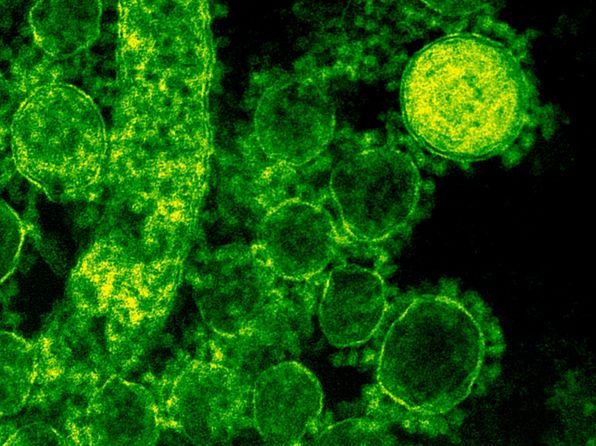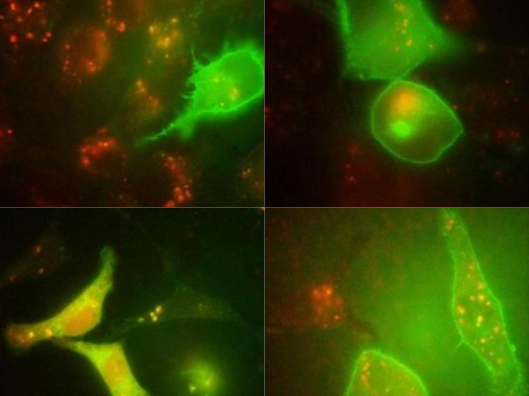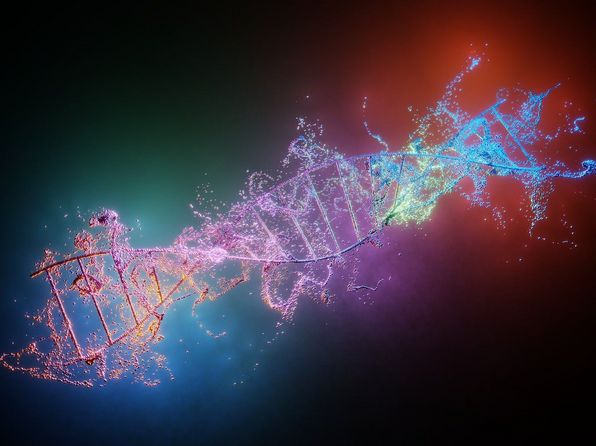

Research Strategy
UniSysCat tackles one of the greatest challenges in catalysis science: Understanding and developing reaction networks in chemical and biological catalysis. The research program is based on five interconnected research units that work on different aspects of catalysis.
Research Units in UniSysCat
And how they are interconnected...
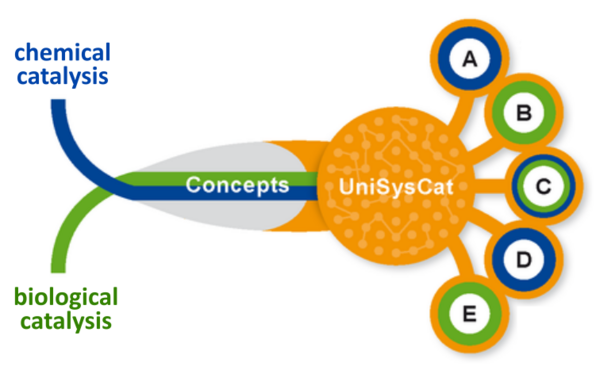
Overall, our approach is very interdisciplinary. We address theoretical questions as well as experimental challenges: our researchers work on fundamental theoretical models and on the experimental design of new catalysts, they employ computer simulations as well as analytical tools in the laboratory.
In all units, the research is guided by the same objectives: understanding catalytic systems, identifying general concepts of coupling and designing catalytic systems. Links between the five research units are established by this common research mission.

